A legend among driving enthusiasts, the Acura NSX gained widespread acclaim for its driving dynamics. It also proved that reliability and supercars can coexist. It’s a visceral mid-engine machine and the pinnacle of Honda’s engineering prowess. Most importantly, it, alongside the Prelude, previewed future technologies that went into every Honda and Acura. That was the first generation.
The second generation did the same thing, but with electrification. However, its complexity left driving enthusiasts cold, and it didn’t leave the same lasting mark as its predecessor. Or so people thought. With the NSX discontinued once again, we’re finally realizing that it made a significant impact on the Honda and Acura brands. Having driven the second-generation NSX back in 2021, I found a world-class supercar that’s also the shaper of its maker’s performance future.

Acura NSX: Electrified Thrills
Honda’s no stranger to hybrids. The NSX served as the pinnacle, highlighting the powertrain’s potential. It used a 3.5-liter twin-turbo V6 coupled to a nine-speed dual-clutch automatic transmission, three electric motors, and a lithium-ion battery. Each front wheel had an electric motor, while the third lived between the engine and transmission. The result? 576 hp and 476 lb-ft of torque in the standard model. In the Type S, that increased to 600 hp and 492 lb-ft.
Regardless of the version, the NSX accelerated with authority thanks to its powerful yet complex hybrid system. The rear electric motor all but eliminated turbo lag, resulting in smooth, effortless power all the way to the car’s 7,500-rpm redline. Meanwhile, its buttery smooth transmission shifted quickly and had sharp responses in every mode. It felt direct and did exactly what the driver wanted in manual mode.
The NSX complemented its incredible acceleration with razor-sharp handling. Thanks to standard magnetic dampers and world-class suspension tuning, this supercar effortlessly sliced through corners without much drama. Direct, nearly telepathic steering kept you connected to the action and helped you get a good feel of its sharp front end. All of that torque from the engine and rear electric motor also allowed you to steer with the throttle, adding another layer of control. Best of all, the NSX remains predictable, allowing you to enjoy its agility and power at any speed.







Impressively Grippy
To complement its power and agility, the NSX featured a unique AWD system. Called Sport Hybrid SH-AWD, it featured an electric motor in each front wheel, resulting in a multitude of ways to split power. Acura also used this system in the RLX and MDX Hybrids, but in a reverse layout. Since those cars had engines up front, they had an electric motor on each rear wheel instead.
This system proved way ahead of its time. In the NSX, the front motors worked independently from each other and from the gas engine and the third electric motor out back. The result? Incredible traction and power management. The NSX offered tenacious grip, yet it happily slid around and hung its tail out when asked. Meanwhile, the front electric motors’ torque vectoring capabilities resulted in a sharp front end that went exactly where you wanted it. All while banishing understeer. This supercar had impeccable balance and liveliness.
Together with major suspension updates for 2019, the NSX came out of its shell. It was no longer the robotic supercar. Now, it had an energetic personality and possessed the traits of a true driver’s car. It retained all the nerdy goodness, all while feeling connected to you when you’re behind the wheel. The car did what you wanted, whenever you wanted it. Unlike some supercars, the NSX had zero bad habits, always feeling friendly and approachable. The trick AWD system enhanced that, yet it never gave you a false sense of confidence. You were always in control, and you knew everything going on while you drove.
Acura NSX: Not Perfect, But Damn Close
By now, you’re thinking the NSX is perfect. However, it’s not. The interior didn’t feel like a six-figure car. High-quality, but definitely not as luxurious as one might think, despite its awesome seats. Take the infotainment system with its 7-inch touchscreen, which came out of older Hondas, including the Fit. It lacked a volume knob, had slow responses, and had low-resolution graphics. At least it came with Apple CarPlay and Android Auto. Thankfully, the 9-speaker ELS premium audio system provided an epic listening experience. Perfect for those driving playlists.
Regardless of these quibbles, the NSX left a lasting impression. It’s the thinking man’s supercar and a glimpse of the future. With the advent of electrification, many of the technologies from the NSX trickled down to other Honda and Acura vehicles. Today, Honda’s lineup spans multiple models across the globe. Here in North America, the Accord, CR-V, and Civic offer hybrid variants, with the Prelude sports coupe arriving soon as the fourth. Plus, Honda continues to develop its electrified powertrains, with a new generation of the two-motor setup arriving soon, alongside a new e-AWD system. The latter features an electric motor on the rear axle. That means it won’t have a mechanical connection to the front, just like in the NSX.
As we look to the future for a potential third-generation NSX, it’s important to see the outgoing model’s influence. It helped bring unique solutions into mainstream cars. Alongside the RLX and MDX, it tested the boundaries of what an electronic AWD system can do. It also showed the viability of hybrids for performance applications, which is now common across many supercars. Most importantly, it changed how consumers view hybrids by going all out on performance. It’s not just about efficiency; it’s also about fun and exhilaration.









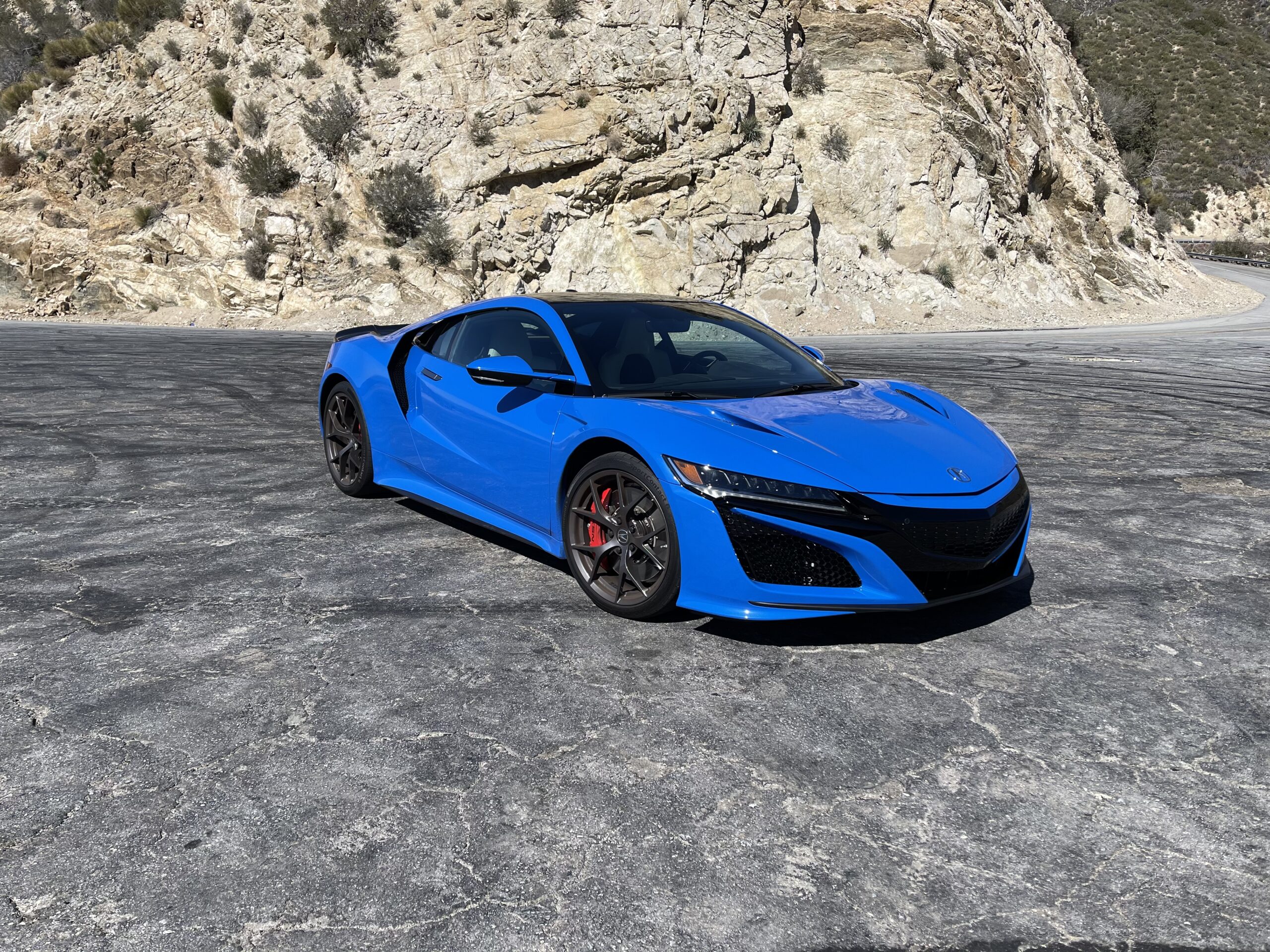
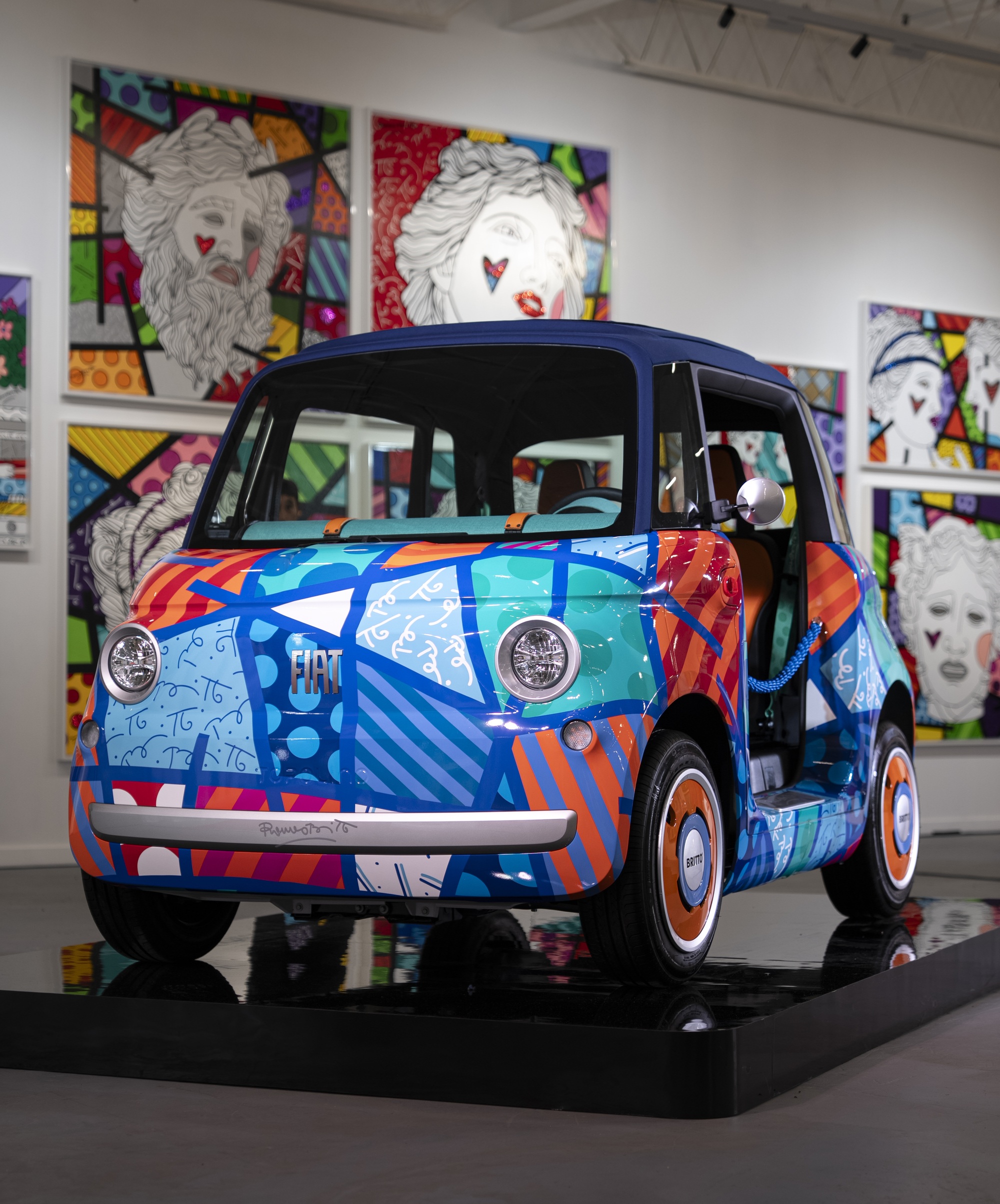
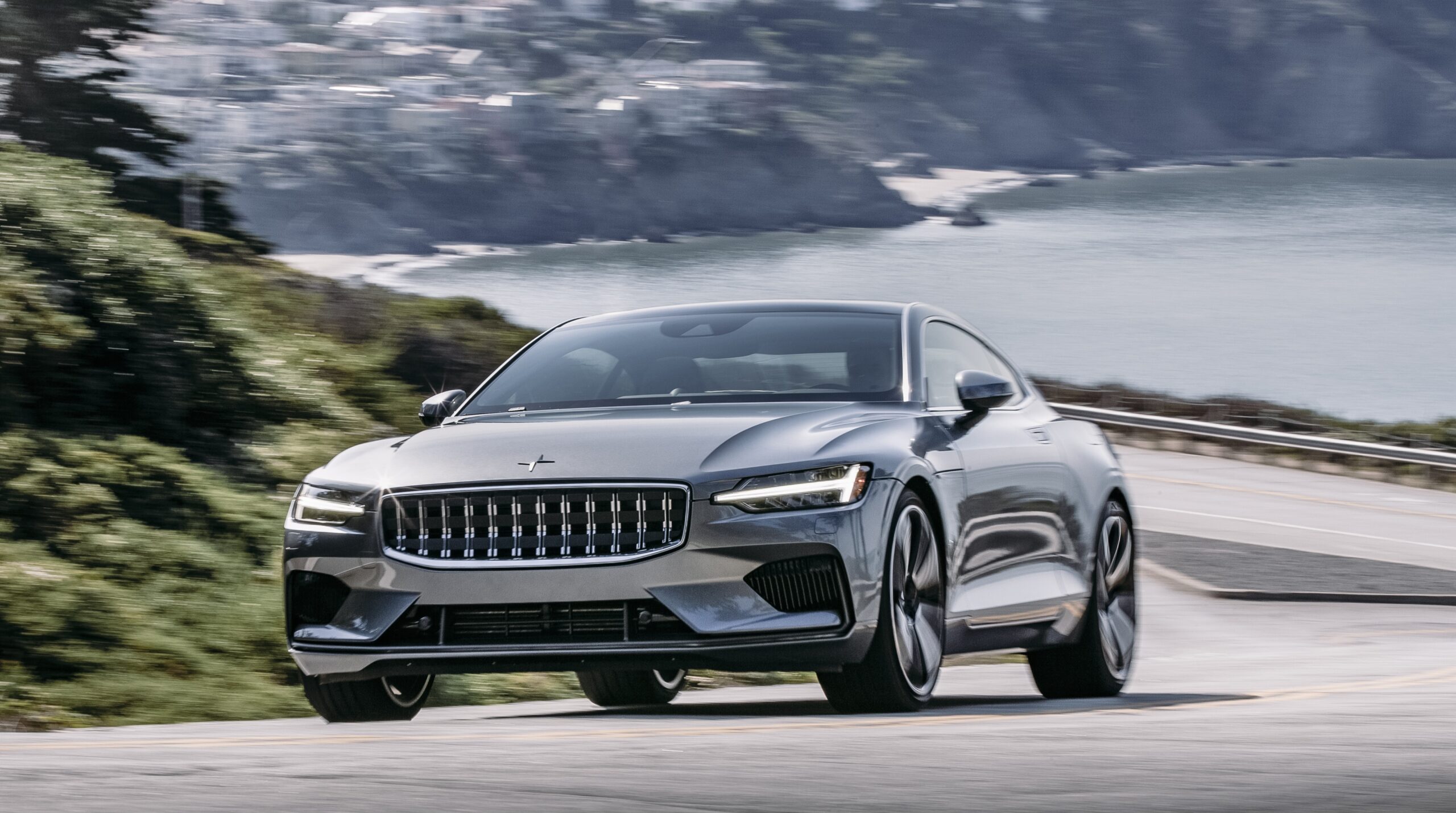
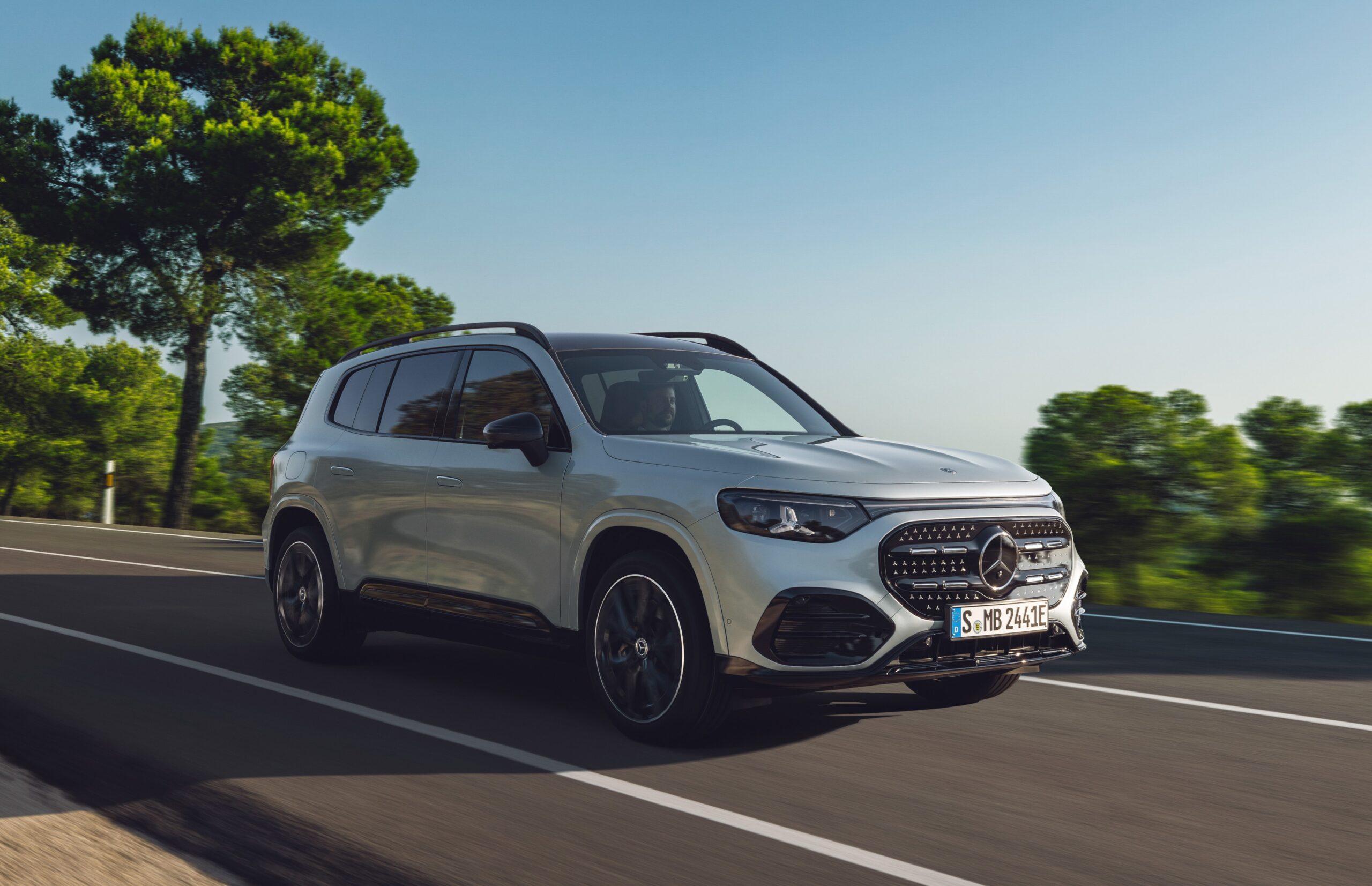
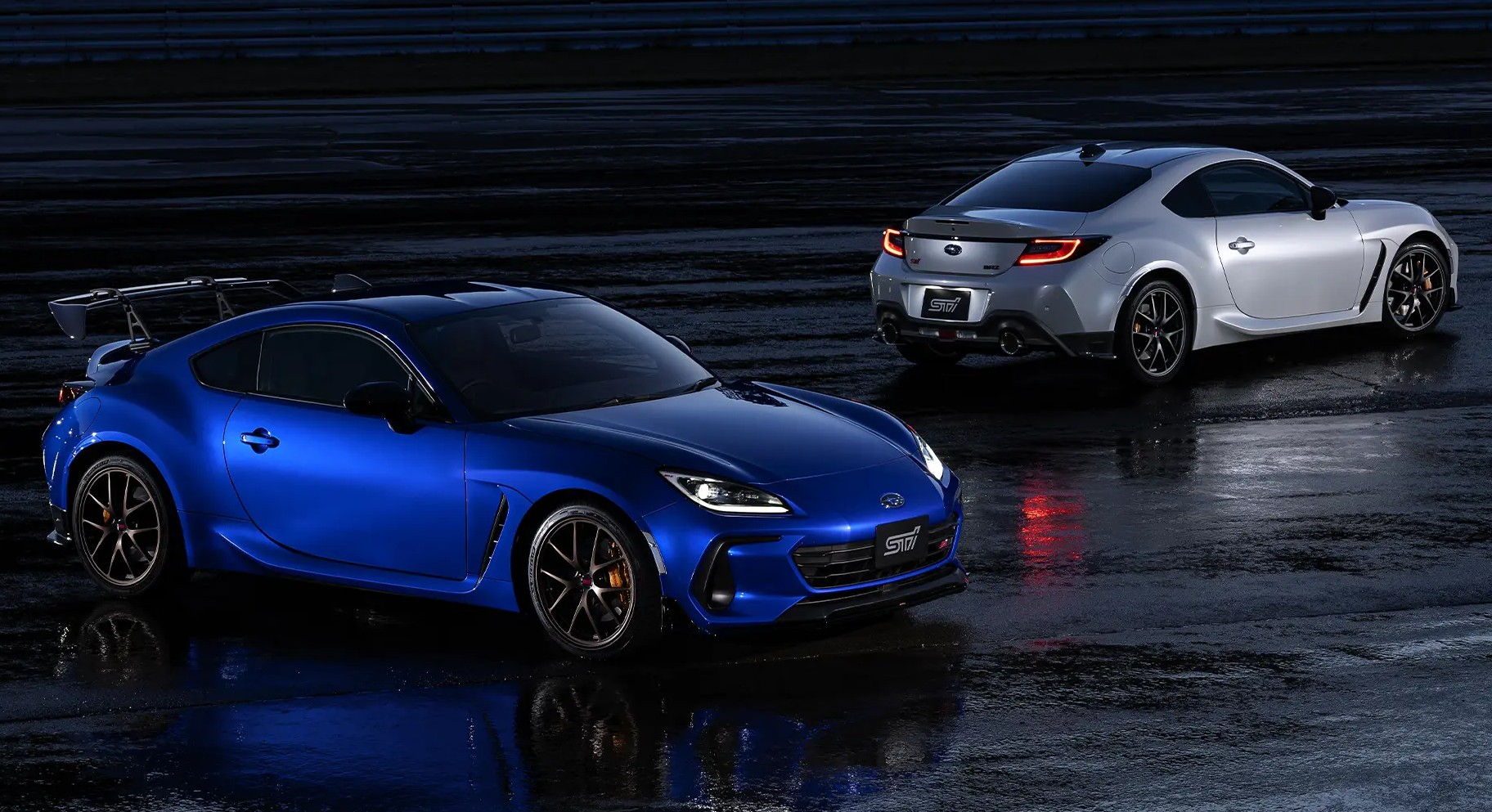
One thought on “Acura NSX Flashback Drive: Shaping Honda’s Performance Future”
Comments are closed.